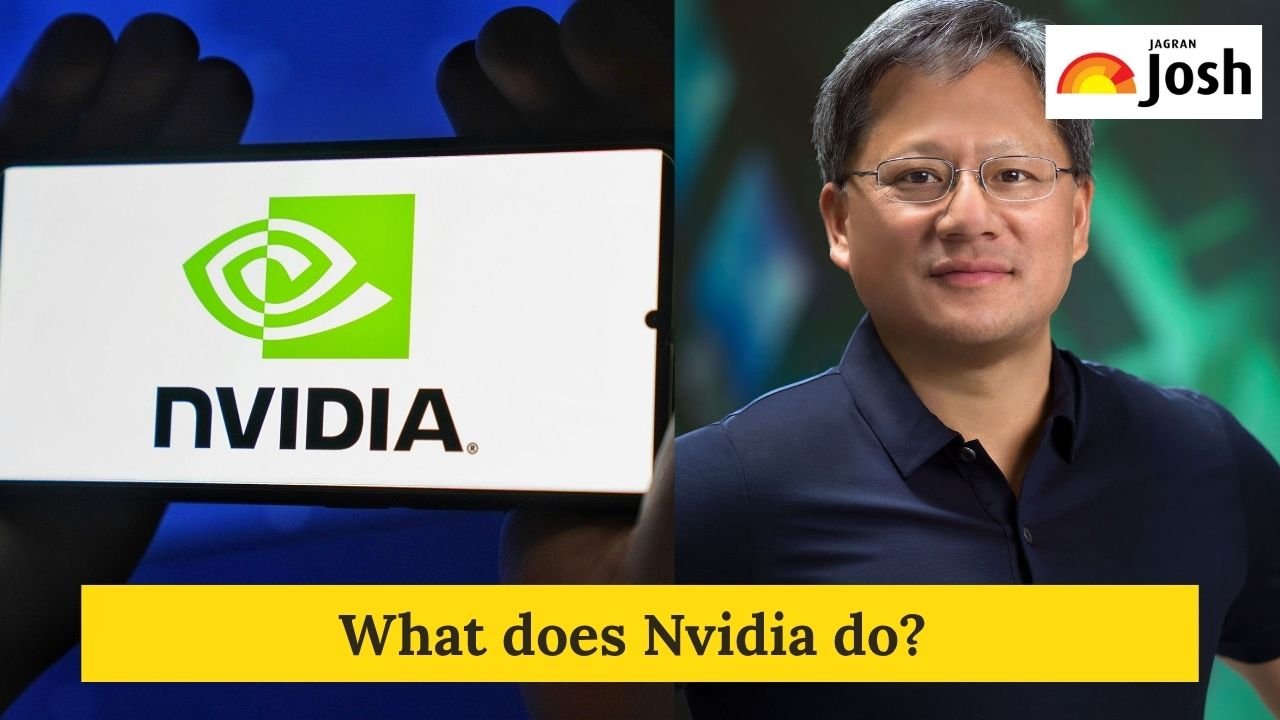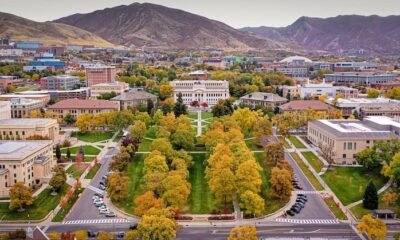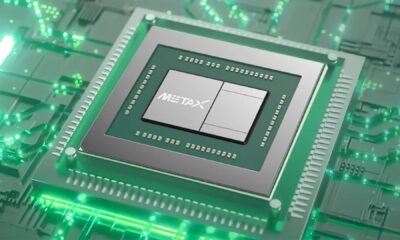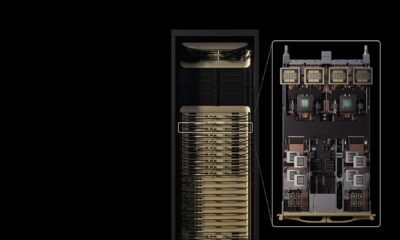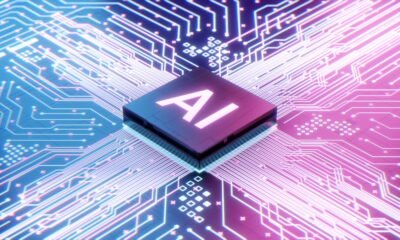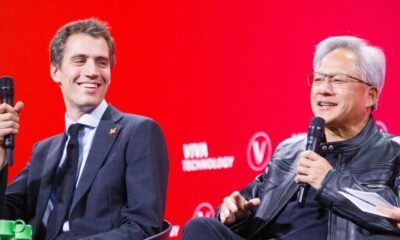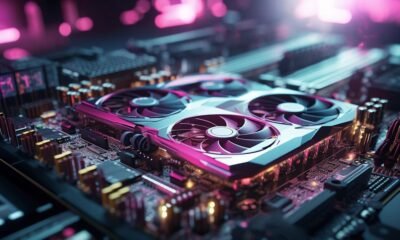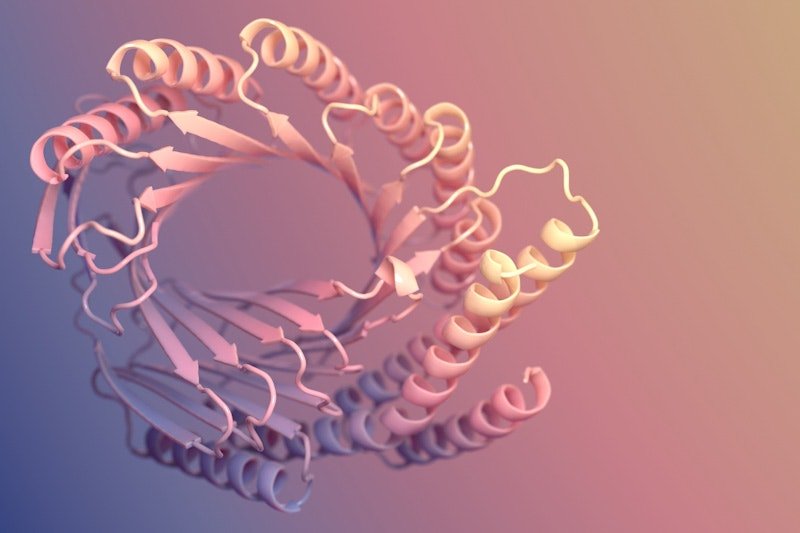NVIDIA has positioned itself as one of the primary suppliers of AI hardware and software in addition to being one of the top chip manufacturers in the world, with a focus on GPU technology. Nvidia is a name now synonymous with cutting-edge technology, recently making global headlines.
Nvidia has became the first-ever company to hit a $4 trillion market cap pic.twitter.com/tpuamuKanX
— Dexerto (@Dexerto) July 9, 2025
On Wednesday, 9 July 2025, the company briefly achieved a market capitalization of $4 trillion according to Reuters. It became the first company worldwide to reach this milestone. This surge is driven by soaring demand for artificial intelligence (AI) technologies and has firmly established Nvidia as a Wall Street favourite.
Check Out:What Is an Interstellar Comet? NASA’s Latest Discovery Explained
What is the History of Nvidia Corporation?
Curtis Priem, Chris Malachowsky, and Jensen Huang founded Nvidia Corporation in April 1993. Their original goal was to develop graphics processing units (GPUs) for the rapidly expanding video game market. The company’s early success came with the RIVA 128 (1997) and RIVA TNT (1998), which established its presence in 3D graphics. Nvidia went public in 1999, a pivotal step that fuelled its expansion.
Who leads the Nvidia Corporation?
Jensen Huang has been the co-founder, President, and CEO since the very beginning when it was founded in 1993. Huang’s inspirational leadership has been a major factor in Nvidia’s growth. He is credited with creating accelerated computing and recognising early on that GPUs could be used for applications other than gaming. Further, this turned the company into the AI powerhouse it is today, as per Britannica.
What is Nvidia’s Role in Artificial Intelligence?
Although Nvidia started in gaming, the unexpected power of its GPUs in artificial intelligence (AI) was something that made the company’s vision revolutionary. Furthermore, researchers also found that the complex computations required for machine learning and deep learning were best suited for GPUs’ capacity to execute multiple calculations at once. Nvidia developed its CUDA software platform and enabled programmers to utilize GPUs for general computing tasks. This innovation made Nvidia’s GPUs the essential “engines” for training massive AI models, including those used in generative AI like ChatGPT. Nvidia also provides AI software tools like NVIDIA NeMo and Omniverse that help developers build and deploy AI solutions across numerous industries, according to NVIDIA.
Check Out: Who Owns Tesla? Check Shareholders, Elon Musk Shares and Other Key Facts
Which Market Milestone did Nvidia Hit?
Nvidia’s deep integration into the AI boom has led to extraordinary financial growth. Its shares have surged dramatically, making it one of the world’s most valuable companies. On Wednesday, July 9, 2025, Nvidia briefly reached an astounding $4 trillion market valuation. As a result, it is now the most well-liked stock on Wall Street. In the end, it became the world’s first company to accomplish this feat. The company’s stock price soared to an all-time high of $164.42 due to the unsatisfactory demand for AI technologies.
It is a key player in determining the direction of technology because of its primary business of creating potent chips and the software that runs them.

